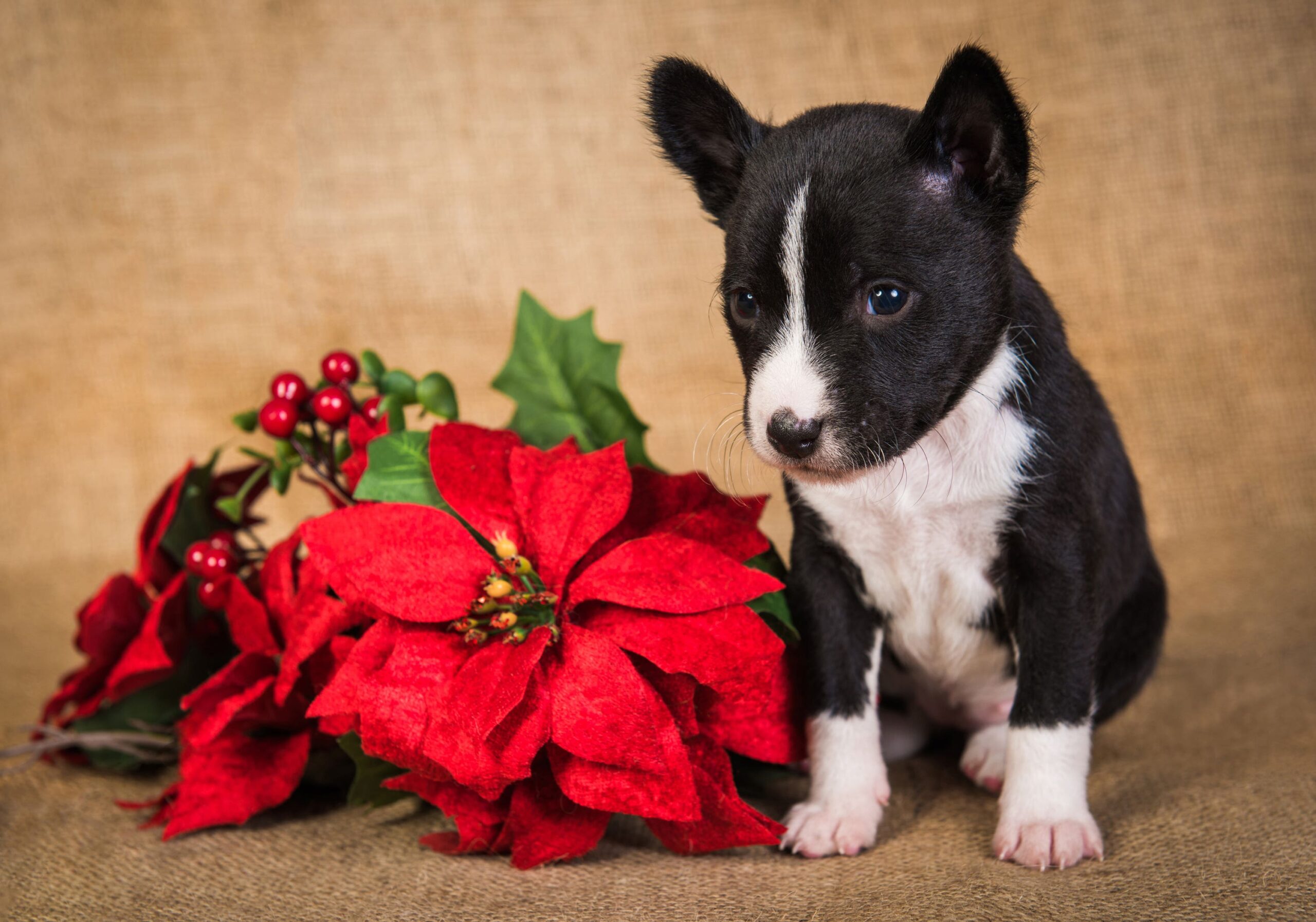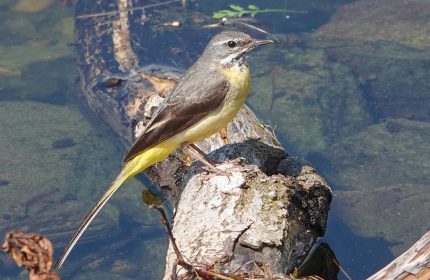Could your festive houseplants poison your pet?
Experts offer a guide to toxic houseplants and how to keep them away from pets.
If you splashed out on a glorious festive houseplant for Christmas and are hoping it lasts well into the New Year, spare a thought for your pets, because some houseplants can be toxic to cats and dogs.
View this post on Instagram
Poinsettia, mistletoe, and holly, for instance, can be harmful to pets, along with other popular houseplants.
Dave Leicester of UK emergency vets Vets Now looks at the popular festive plants that will last beyond Christmas and could be hazardous for pets…
Poinsettia
View this post on Instagram
“Poinsettias are originally from Mexico and are our most famous festive houseplant. Their iconic red petals are actually leaves and they’re mildly toxic to dogs and cats. Eating poinsettia can cause drooling, oral pain, and vomiting — but only if your pet is interested in large enough quantities.
“On the plus side, the plant contains an irritant sap and it’s unlikely your dog would eat enough to cause serious harm because of the taste and irritation it causes.
“As with almost all poisons, the size of your dog and the amount they ingest will determine how sick they become. The bigger the dog the less likely it is to suffer after eating a small amount. Our advice is simply to keep poinsettias out of reach,” says Leicester.
Holly
View this post on Instagram
“You may have put sprigs of holly in table decorations and around candles, which are accessible to pets, but beware the berries are toxic to dogs, cats and humans. Several varieties include saponins which can cause severe vomiting and diarrhoea if eaten. Other symptoms can include drool, lip-smacking and head shaking.”
Amaryllis
View this post on Instagram
“Often given as a Christmas gift, these huge-flowered favourites can bloom for up to two months if kept warm and dry. However, they are poisonous. The stalks, flowers and bulbs contain phenanthridine alkaloids which are toxic to both dogs and cats. The highest proportions are in the bulbs. Eating amaryllis can cause vomiting, changes in blood pressure, tremors, and seizures.”
Christmas rose
Good morning Mr. Jacob Gold Collection #hellebore #christmas #rose #poisonous #fragrant #winter #spring #flowers pic.twitter.com/VcLvdgMiIe
— This And That (@AThisThat2) March 1, 2016
“Originally known as the black hellebore, these hardy plants have been renamed Christmas roses even though they aren’t related to the rose and rarely flower in December. They contain poisonous cardiotoxins and, if eaten, can cause diarrhoea, colic, lethargy, drooling and abdominal pain. It’s worth bearing in mind the entire plant is poisonous, including the roots, stem and flowers.”
Ivy
View this post on Instagram
“If your dog eats ivy, also known by its Latin name Hedera helix, it’s likely it will develop vomiting, diarrhoea and drooling. In more severe cases you may also see blood in the vomit or faeces. Skin contact with ivy is also dangerous and can cause conjunctivitis, itchiness, and rashes.”
Plus…
View this post on Instagram
Popular plants such as the Swiss cheese plant (Monstera deliciosa), Christmas kalanchoe (Kalanchoe blossfeldiana), weeping fig (Ficus benjamina) and croton (Codiaeum variegatum) are also toxic to pets in varying degrees.
How to keep your pets safe…
Dr Richard Hull, of Patch Plants, adds: “Animals and plants are two things that make a house a home. When combining the two, there are easy ways to make sure pet and plant can live in perfect harmony.”
Here are his tips for keeping pets safe from harm…
Choose pet-safe plants
Some houseplants can be mildly toxic if eaten, but many are safe if your pet takes a sneaky nibble. Your furry friends will probably have no interest in them anyway. Have you ever seen a dog eat a salad? The kentia palm is a pet-friendly choice.
Hang ‘em high
View this post on Instagram
Hanging pots are a great way to keep plants out of reach of your pets, even cats. If you have your heart set on a plant that isn’t 100% pet-friendly, put it somewhere high up.
Use plant stands
If you have a cat or a small dog, a plant stand will usually be enough to lift a large plant out of reach. As a bonus, they make your plant look extra stylish.
The Press Association
Latest posts by The Press Association (see all)
- Does sunscreen expire? Everything you need to know about SPFs - April 2, 2025
- Top Gun and Batman star Val Kilmer dead at 65 - April 2, 2025
- Actor Richard Chamberlain dies aged 90 - March 30, 2025
- 5 new books to read this week - March 26, 2025
- 6 things a physio wishes people over 60 would stop doing - March 25, 2025




















